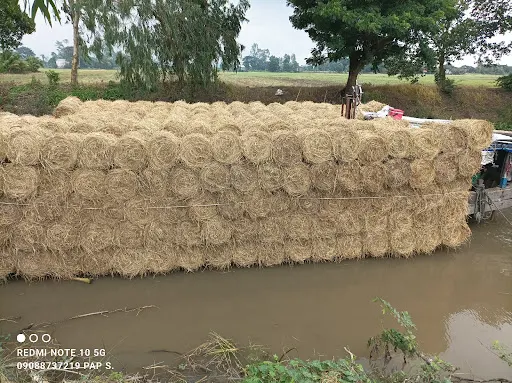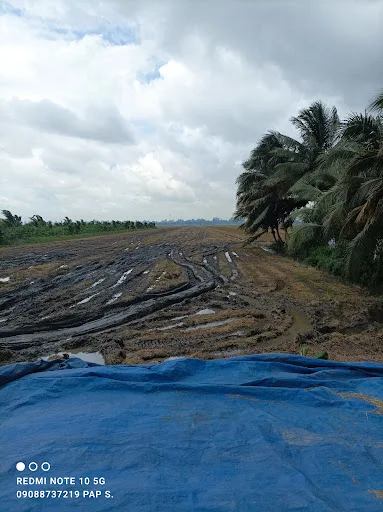1. Natural Advantages:
The Mekong Delta: This region is a vast network of rivers and fertile plains in southwestern Vietnam. It has a tropical climate with abundant rainfall and sunshine, allowing farmers to grow rice year-round. The fertile soil and abundant water resources reduce the need for expensive fertilizers and irrigation systems, which are significant costs for rice production in other regions.
2. Efficient Farming Practices:
High-Yielding Rice Varieties: Vietnam has invested heavily in agricultural research to develop rice varieties that produce more grain per hectare. These high-yielding varieties allow farmers to maximize their output from the same amount of land, reducing overall costs.
Intensive Cultivation: Vietnamese farmers often practice intensive farming, growing two or even three crops of rice per year. This maximizes land use and increases overall production, contributing to lower costs per unit of rice.
3. Labor Costs:
Abundant Workforce: Vietnam has a large and relatively young rural population, providing a readily available and affordable labor force for rice cultivation. This keeps labor costs lower compared to countries with higher wages and aging populations.
4. Government Support:
Infrastructure Development: The Vietnamese government has prioritized investment in rural infrastructure, including irrigation systems, roads, and storage facilities. This helps reduce production costs by ensuring reliable water supply, efficient transportation of rice, and reduced post-harvest losses.
Research and Development: Continued government support for agricultural research and development ensures the development of new high-yielding rice varieties, improved farming techniques, and better pest and disease management strategies, all of which contribute to lower production costs.
5. Market Strategy:
Focus on Lower-Quality Rice: Vietnam strategically focuses on producing lower-quality rice that caters to price-sensitive markets in Asia and Africa. While the profit margins per unit may be lower, the high volume of exports ensures overall profitability.
6. Strategic Imports:
Supplementing Domestic Supply: To maintain competitive prices and meet domestic demand, Vietnam imports lower-priced rice from countries like India. This imported rice is often blended with domestically produced rice, helping to reduce overall costs for both domestic consumption and export.
By combining these factors, Vietnam has successfully established itself as a major player in the global rice market, offering competitive prices and meeting the needs of a large and growing consumer base.





.jpg)



0 Comments